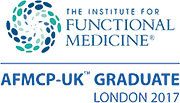Easter Eggs: Yes or No?
Apr 7, 2022
Posted by: Monique Parker
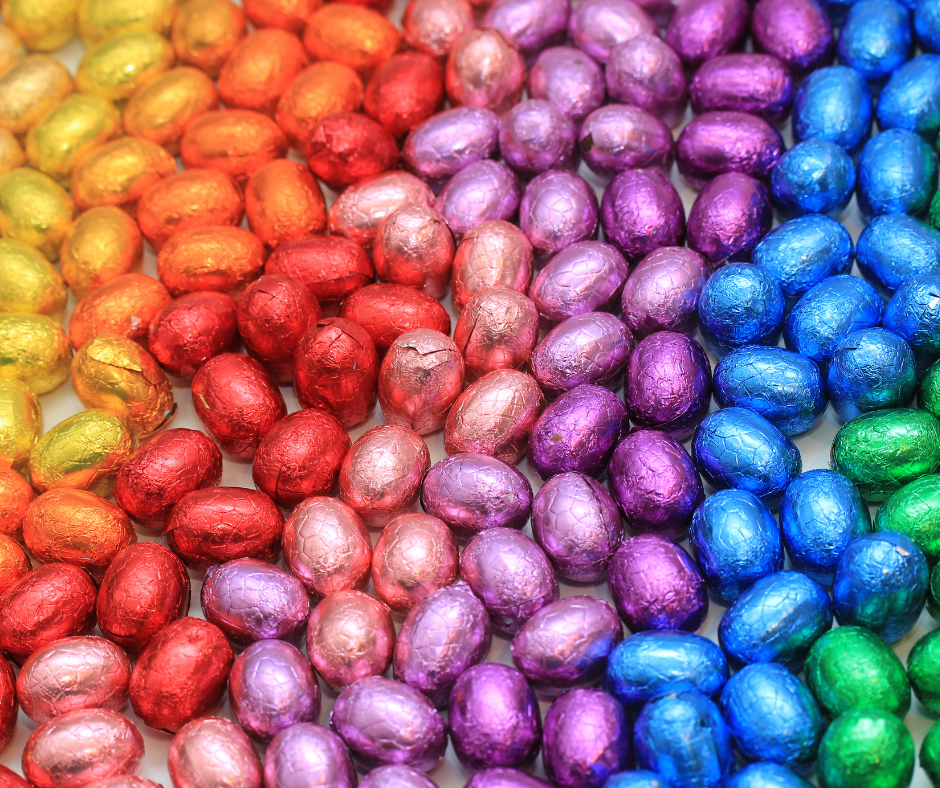
We seem to like chocolate Easter eggs a lot.
In the UK there are around 80 million chocolate Easter eggs sold every year! And apparently three weeks before Easter 23% of the UK population has already purchased and eaten a full-sized chocolate egg.
In 2019 the Royal Society for Public Health (RSPH) was calling for retailers to limit how early they push seasonal products (i.e. Easter eggs) which are high in fat, salt and sugar, and to remove these from supermarket checkouts. They urged retailers to change their marketing strategies in the interest of the public’s health, to help tackling the obesity epidemic. It’s now 2022 and not much has changed.
Was the RSPH overreacting? Personally, I think they have a point, but there is more to it.
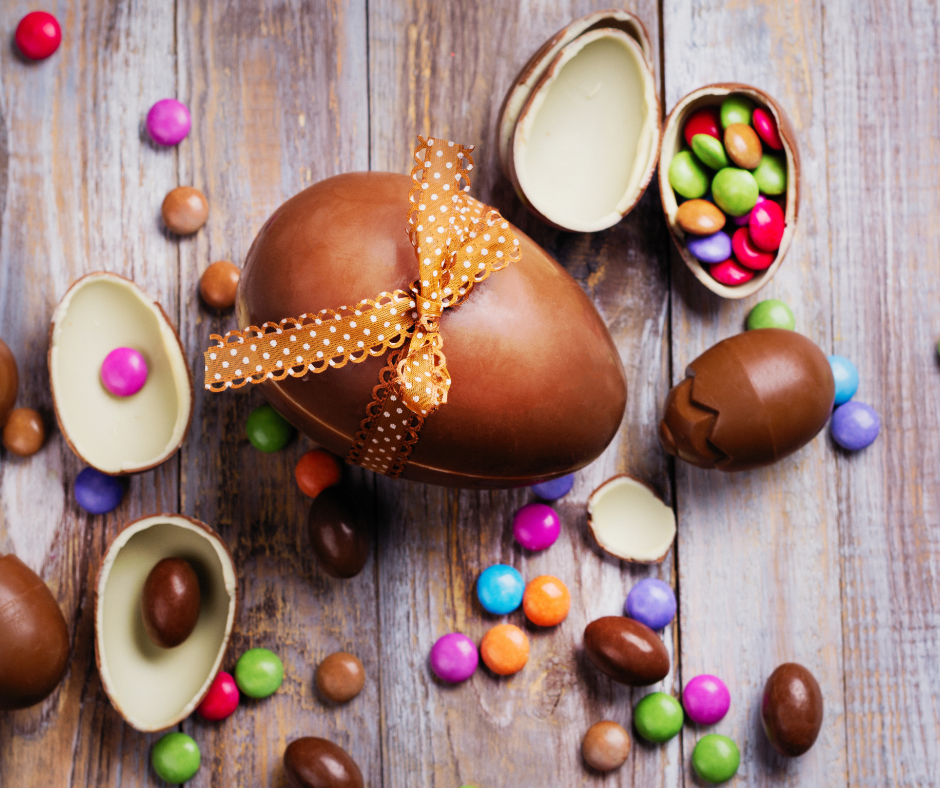 When you look at the nutrition of a medium, hollow chocolate egg, it
When you look at the nutrition of a medium, hollow chocolate egg, it
contains about 400 calories and 45 grams of sugar. A milk chocolate
bunny (50 grams) has 270 calories and 28 grams of sugar. And that’s
without any extra packs of mini-eggs or chocolate bars.
According to the NHS, the recommended maximum daily sugar intake in the UK for adults is 30 grams, 24 grams for children 7-10 years old, and for the young ones from 4-6 years old it is 19 grams.
Give your child a 50-gram milk chocolate bunny and he/she is already over the maximum daily sugar allowance.
Based on that information, I can understand the reaction of the RSPH. But what I don’t understand is that they forgot about the fact that when the Easter eggs are cleared, there is still plenty of chocolate on the shelves, even very near the tills. Is that not fuelling obesity then?
Am I against Easter eggs or chocolate in general? No, I’m not.
Originally, eating eggs, a week before Easter, was not allowed by the church. So, the eggs that weren’t eaten were saved and decorated and given to the children at Easter.

I have happy memories of painting hard-boiled eggs with my dad when I was a child. We used to eat them on Easter Sunday. In the 19th century chocolate eggs first appeared in Europe and are still around to this day. A tradition that is well-liked by many people.
The whole trick with chocolate Easter eggs is to make sure you buy good quality ones.
Which brings me to chocolate itself.
The healthiest way to eat chocolate is to eat a raw cacao bean, but it has a bitter taste, so we’ll skip that one. Cacao beans are harvested from seed pods of the Theobroma cacao tree. The beans are roasted at a high temperature and ground into cocoa powder, which can be used to make chocolate bars or eggs.
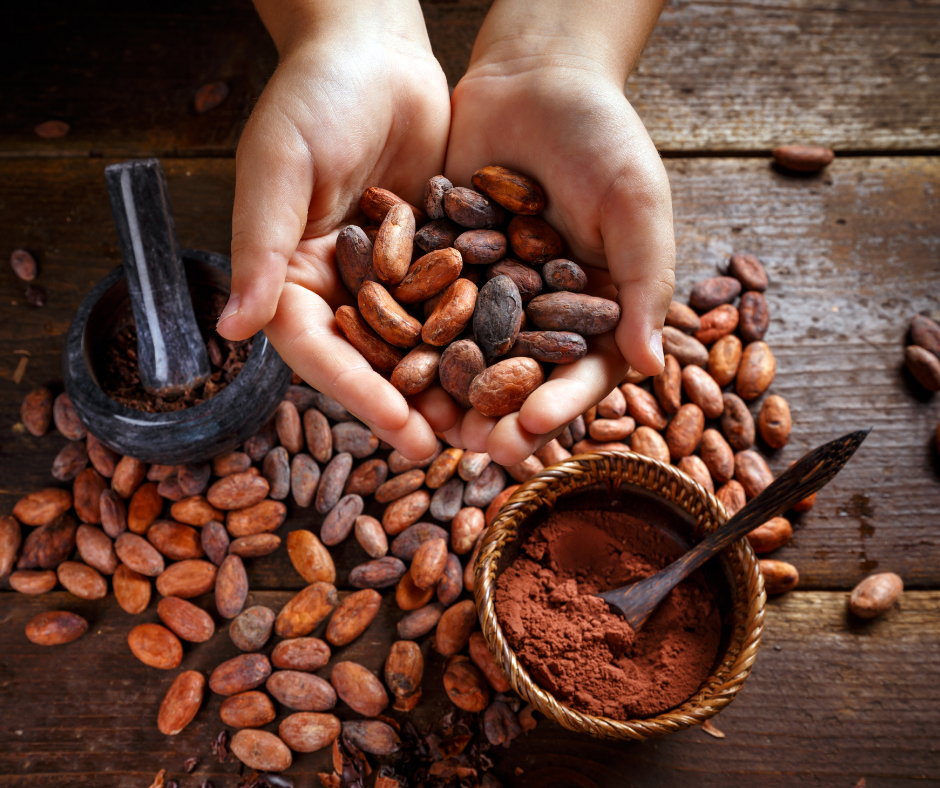
Cocoa, cacao, it is a bit confusing. Chocolate is chocolate
after all. Just remember that raw cacao is basically un-roasted cacao beans, that have the fat removed. This fat is used for cacao butter, which can be used for cooking but also as a moisturiser or lip balm. The rest of the beans are used for
cacao nibs for instance.
Cacao beans are rich in nutrients such as potassium, zinc,
ron, magnesium, phosphorus, copper and manganese.
They contain antioxidants and anti-inflammatory substances. But the health benefits of cacao are different from the usually cheaper cocoa. Roasting at a high temperature changes the molecular structure of the bean and reduces the overall nutritional value. Health claims about chocolate are based on research involving cocoa or cacao, not chocolate bars as these have a lot more ingredients than the cacao bean!
Milk chocolate or dark chocolate? Which one is better?
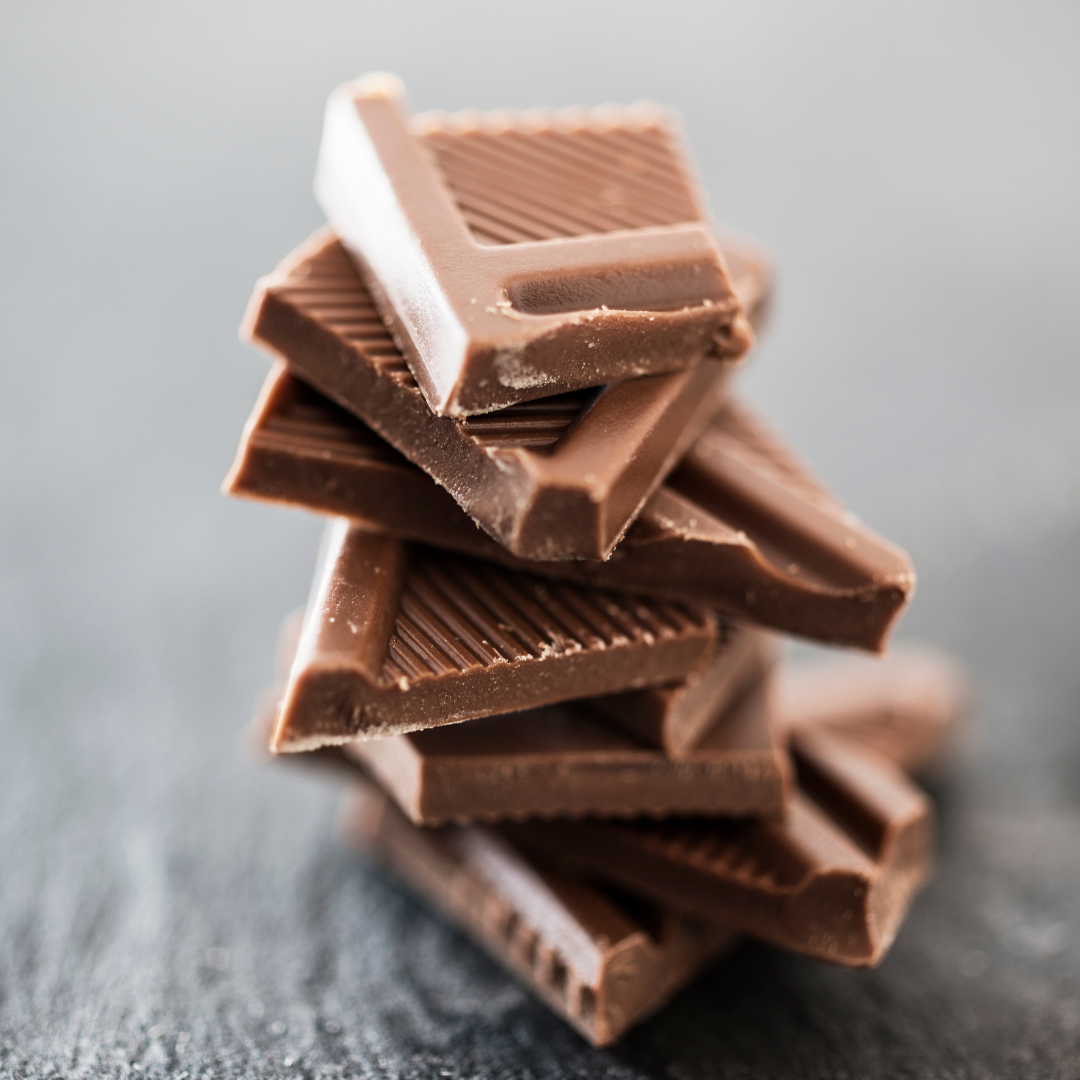
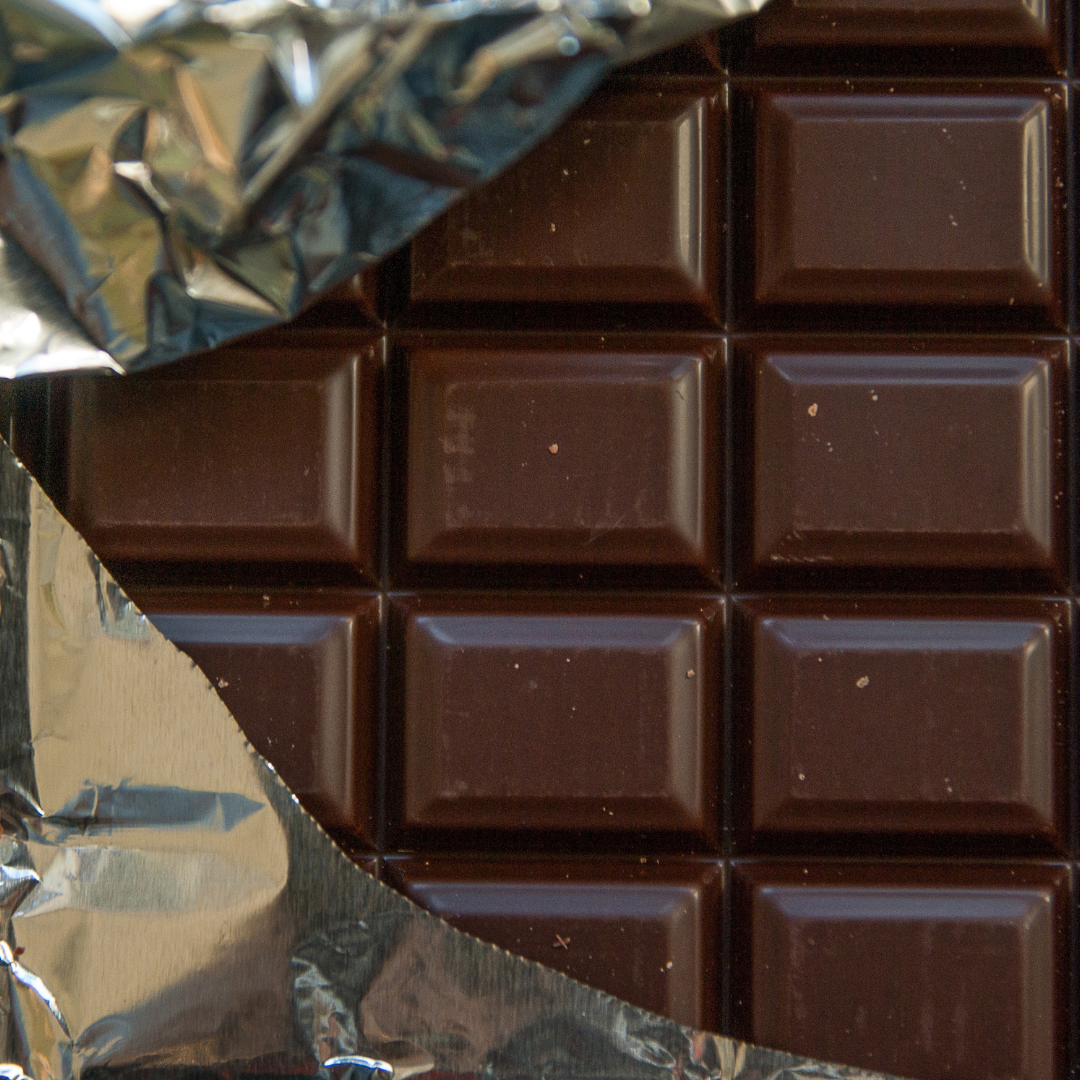
The darker the chocolate, the higher the concentration of cocoa and the higher the level of beneficial nutrients. You can get dark chocolate with 35-100% cocoa.
It’s all about the quality of chocolate. Look at these ingredients of a common milk chocolate bar: Milk, sugar, cocoa Butter, cocoa Mass, vegetable fats (palm, shea), emulsifiers (E442, E476), flavourings. In every 227 g of this specific milk chocolate there is the equivalent of 426 ml of fresh liquid milk.
And to compare, these are the ingredients of a common available dark chocolate bar: cocoa mass, raw cane sugar, cocoa butter, vanilla extract
White chocolate is made of cocoa butter (fat). These are ingredients of a supermarket white chocolate bar: Cane sugar, cocoa butter, milk powder, milk fat, emulsifier soya lecithin, sea salt, vanilla extract.
Summary:
- Easter eggs are a fun tradition but limit the consumption.
- The darker the chocolate, the more beneficial nutrients.
- If you don’t like dark chocolate, go for a high-quality milk chocolate, but check the ingredients, as some chocolate is highly processed and full of sugar, dairy, emulsifiers and flavouring.
- As with all processed foods: check labels!
- For true health benefits, eat raw chocolate (available in health-food stores and some supermarkets).




